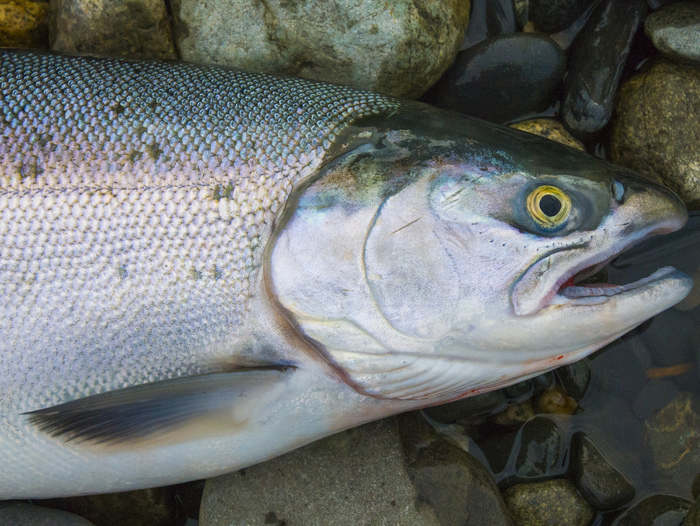Alaska’s Salmon are in Chaos
August 8, 2022 | 1 min to read

Every June, Serena Fitka goes home to her Yup’ik community of St. Mary’s, Alaska, near the confluence of the Yukon and Andreafsky rivers in the southwest part of the state. Usually, she helps her family fish for salmon and preserve it in the smokehouse for the leaner winter months. But this year, that didn’t happen: This year, there were no salmon to catch.
“I could feel the loss,” she said. “I didn’t know what to fill my days with, and I could sense it was like that for everyone along the Yukon River.”
There are five kinds of salmon in Alaska: Chinook, sockeye, chum, coho and pink. Chum is the most harvested fish on the Yukon, but both chum and chinook are crucial to the lives and culture of the roughly 50 communities around Alaska who rely on the river and its tributaries for subsistence.
To read the rest of the story, please go to: HIGH COUNTRY NEWS
